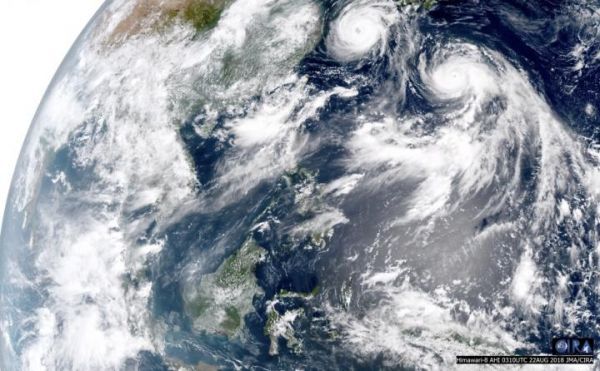NASA’s P-3B science aircraft soared into the skies over the Philippines on Aug. 25 to begin a nearly two-month-long investigation on the impact that smoke from fires and pollution have on clouds, a key factor in improving weather and climate forecasts. The Cloud, Aerosol, and Monsoon Processes Philippines Experiment (CAMP2Ex) is the most comprehensive field campaign to date in Maritime Southeast Asia to study the relationship between aerosol particles as they interact with surrounding monsoon meteorology, cloud microphysics and the sun’s radiation.
Led by NASA, the U.S. Naval Research Laboratory (NRL) and the Manila Observatory in conjunction with the Philippine Atmospheric, Geophysical and Astronomical Services Administration and the Philippine Department of Science and Technology, CAMP2Ex comprises an interdisciplinary, international team of field researchers, modelers and remote sensing developers.
The study seeks to tackle some of the most difficult weather and climate phenomena to understand, monitor and forecast. The Maritime Continent—comprising Sumatra, Malay Peninsula, Borneo, Sulawesi, the Philippines and numerous other islands and surrounding seas—has been long sought out as an area of scientific inquiry. Agricultural and deforestation fires from the region along with air pollution from cities provide a ready supply of aerosol particles that influence major weather processes. Besides the torrential monsoons over the Asian archipelago, the region also produces moisture that provides rainfall over the Pacific Ocean and can even influence weather in the continental United States.
Read more at NASA/Goddard Space Flight Center
Image: Smoke off the west coast of Borneo and dueling tropical cyclones in the Philippine Sea are shown in this color image from the Advanced Himawari Imager aboard the JAXA Himawari-8 satellite, from August 21st, 2018. (Credit: CIRA/CSU and JAXA/NOAA/NASA)


